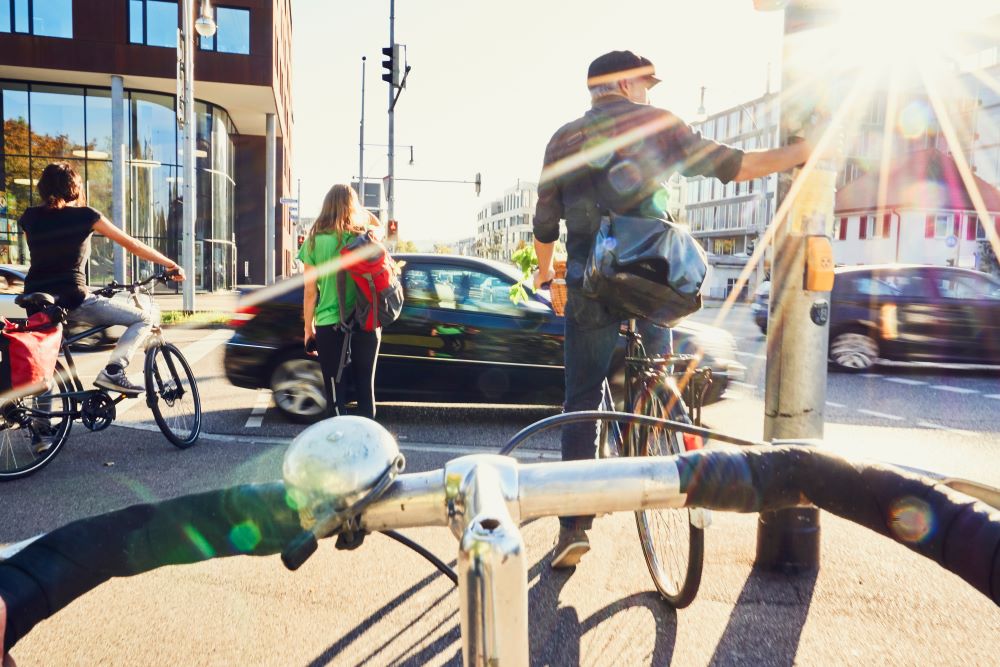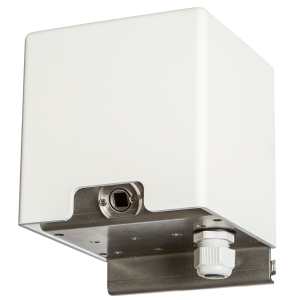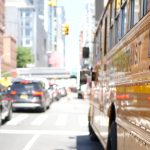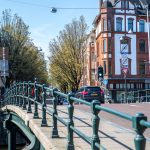
AI and traffic management: smart or naive?
Artificial Intelligence (AI) is becoming increasingly successful. To the public, AI sometimes appears as a miracle cure for all difficult problems, including the great challenges that traffic management faces. But is this realistic? Whatever else we know, we know one thing: AI is going to play some kind of role in urban mobility.
AI systems for traffic management scenario’s
There are many kinds of AI. The successes we are currently seeing are occurring with Large Language Models (LLMs) such as ChatGPT and DeepSeek, and with Vision AI for image recognition systems. LLMs and Vision AI work with neural networks. The power of neural networks is that they can learn to make connections, either independently or under human guidance (supervised learning).
In the future, neural networks should be able to automatically generate traffic management scenarios for a platform like MobiMaestro. An AI module could, for example, independently adapt the available physical and digital traffic management instruments to current circumstances, guiding and influencing the traffic. But this is not a reality yet. Large quantities of training data are required to train neural networks, and there is not enough available data yet in the domain of traffic management. But the fact that this can’t be done yet at the moment does not mean that it is impossible. Technolution Move is focusing in projects and research on collecting useful data for effective training methods.
Vision AI for traffic applications
Using Vision AI in traffic-related applications has been successful for some time now. Thus, we are seeing Vision AI in autonomous driving. Vision AI creates an image of the surroundings of the vehicle to keep it within lane markings and away from other vehicles and road users. This technology is now quite mature. In China and the United States, cars equipped with computer vision are even allowed on the road fully autonomously.
At Technolution Move, we are using Vision AI in our FlowCube traffic sensor and in customized solutions for our clients. For instance, a specialized camera and Vision AI measure the draft of passing ships at the IJmuiden sea lock. The system reads draft markings on the vessels and compensates automatically for swell and ship movements. If the draft exceeds the limits for passage towards Amsterdam through the North Sea Canal, the system issues a warning.
FlowCube: AI-based traffic sensor
Technolution’s FlowCube is a flexible, AI-based, multi-modal traffic sensor that, counts cyclists and pedestrians, calculates routes and travel times, and provides traffic density insights, among other things. The FlowCube does not store privacy-sensitive data, is compact and easy to deploy for traffic management in any city.

FlowCube: capturing cyclists and pedestrians
The FlowCube traffic sensor is used primarily for traffic at intersections. Traffic flows are captured using Vision AI. The great strength of the FlowCube is its flexibility. It can learn to recognize cyclists, pedestrians, and any other type of road user. By placing FlowCubes at multiple locations, the routes of individual road users can be determined – without identifying them or storing any data. In addition, we use the FlowCube to record near misses at busy intersections.
The information we collect in this way can be a valuable contribution to monitoring the handling of traffic. In the Netherlands, the FlowCube has proven ideal for obtaining a better view of cyclists and pedestrians (motorized traffic can be ‘seen’ with induction loops). In the US, where intersections rarely or never have any detection infrastructure, cities are using the FlowCube to provide traffic control information about all modes of traffic – including public transport.
“The good thing is that an AI model can learn the distinguishing features that really matter to control an intersection“
AI and the smart TLC
It can be more of a challenge to apply Vision AI in the Netherlands. There are many smart TLCs in this country: connected traffic light controllers. Smart TLCs receive information about the traffic situation from traditional detection loops and vehicle GPS information. Using queuing models and optimization techniques, the traffic controller then determines the optimal sequence for green for each direction on the intersection. Vision AI applications such as the FlowCube can currently only present their information to a Smart TLC if they have removed all contextual information concerning vehicles (distance to the stop line, length of the vehicle, lane), whereupon the traffic controller reconstructs the information that is relevant to its task. This means potentially useful information is being discarded, so that the power of Vision AI is not used optimally.
Do more with less data
So what can we expect AI and traffic management to do? What Large Language Models have proven is that the total corpus of information on the internet can be summarized in a relatively limited set of weights of a neural network. In technical language: the entropy of the data and the knowledge that is collected and stored is high, and AI models can make do with much less data. This is possibly true also for specific applications such as controlling traffic at intersections.
AI is openminded, some would even say naïve. The good thing about this is that an AI model can learn the distinguishing features that really matter to control an intersection. People think that a model will have to be able to count individual vehicles in a queue, but maybe that isn’t necessary at all for good traffic control scenarios, for example if the model can see other useful patterns, such as the length of the queue, or the risk of a tailback. The next question is whether we humans are able to make sense of it and – crucially! – whether we have the confidence to allow a model like this to control the traffic. In any case, any model will have to be tested at length and thoroughly before we allow it anywhere near the real world.
We don’t know yet what they will look like, but we do know one thing: we are going to see new AI applications in traffic management soon.



